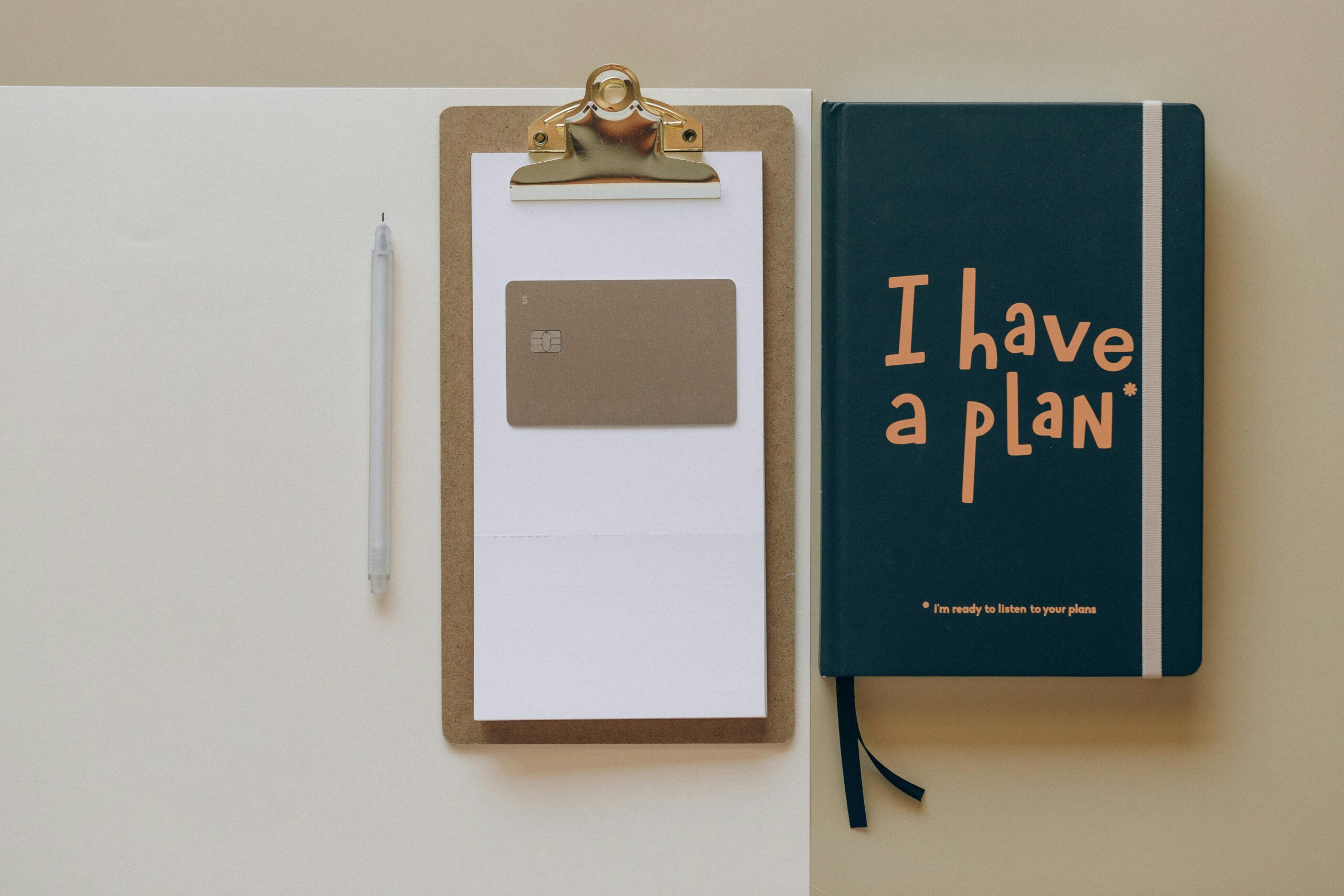How to create a Budget that actually works
Introduction
Ever feel like budgeting is only for people who already have money?
If you’re barely making it to the next paycheck, creating a budget can sound like wishful thinking. After all, how do you divide up money that seems to disappear the moment you get it?
You’re not alone. Many people feel stuck — working hard but still broke, unsure how to gain control of their finances.
The good news? A budget isn’t about restriction. It’s about clarity. And yes — it is possible to create a budget that actually works, even if your bank account is on life support.
In this guide, you’ll learn step-by-step how to build a realistic budget from scratch, stay consistent, and finally feel empowered with your money.
Why Budgeting Feels So Hard (And How to Fix It)
Before diving into numbers, let’s explore why budgeting often feels impossible when you’re broke.
1. You’re reacting, not planning
When every dollar is already spoken for — rent, groceries, debt — it’s easy to feel like there’s no wiggle room. But without a plan, you’re constantly reacting to expenses. That’s stressful and exhausting.
2. Budgeting feels like punishment
Many people associate budgeting with guilt and deprivation. But the right budget doesn’t tell you “no” — it gives you permission to spend wisely.
3. You’re aiming for perfection
No budget is perfect — especially at the beginning. Focus on progress, not perfection.
Source: NerdWallet – Budgeting 101
Step 1: Know Your Numbers to Create a Budget That Works
Before you can make changes, you need to know exactly what you’re working with.
Track your income
List all income sources: main job, side gigs, government benefits — everything. Be honest and conservative (round down, not up).
List your monthly expenses
Break them into three categories:
- Fixed costs (rent, insurance, subscriptions)
- Variable costs (groceries, gas, eating out)
- Irregular expenses (annual fees, gifts, car repairs)
Use bank statements, receipts, or budgeting apps like Mint or YNAB for accuracy.
Step 2: Choose a Budgeting Method That Fits You
There’s no one-size-fits-all. Pick a method that matches your lifestyle:
The 50/30/20 Rule
- 50% Needs (housing, food, utilities)
- 30% Wants (entertainment, hobbies)
- **20% Savings and debt payments)
This works well if your income covers your basic needs.
Zero-Based Budget
Income – Expenses = 0.
You plan exactly where each dollar goes. Great for those living paycheck to paycheck.
Envelope System
Divide your income into categories and “spend” only from each envelope — physical or digital.
Whichever method you choose, make sure it supports your goal of building a budget that actually works — one that fits your life and helps you stay consistent.
Source: CFPB – Choosing a Budgeting Method
Step 3: Prioritize What Truly Matters
When money is tight, every dollar matters.
Essentials first
Cover your Four Walls:
- Housing
- Utilities
- Food
- Transportation
Extras come after these essentials are secure.
Cut without pain
Try these easy wins:
- Cancel unused subscriptions
- Cook at home
- Enjoy free local events
Even saving $20 per week adds up over time.
Source: The Balance – Budgeting When You’re Broke
Step 4: Automate What You Can
Automation takes emotion out of money decisions.
- Set automatic transfers to savings (even $5/week helps)
- Automate bill payments to avoid late fees
- Try round-up apps like Qapital or Acorns to save spare change
Your system does the heavy lifting — you just stay consistent.
Step 5: Make Your Budget Visual
A visual budget helps you stay motivated and accountable.
Tools to try:
- Free budget spreadsheet templates
- Budgeting apps like YNAB, EveryDollar, or Mint
- Pen and paper — color-coded for fun and clarity

Visualizing your plan makes budgeting when you’re broke feel less overwhelming — and helps you stick to a realistic budget.
Step 6: Review and Adjust Weekly
Your first budget won’t be perfect. And that’s okay.
Pick a weekly time (like Sunday evening) to:
- Check your spending
- Adjust your categories
- Celebrate small wins
This habit keeps you on track — without the guilt.
Step 7: Build Your Emergency Buffer (Slowly)
Even if you’re broke, you can start an emergency fund — one small deposit at a time.
How to start:
- Open a separate savings account labeled “Emergency Fund”
- Add windfalls like tax refunds, birthday money, rebates
- Set a $5 weekly transfer goal
Reaching your first $100 feels empowering — and it’s just the beginning.
Conclusion: Budgeting Is a Skill — Not a Miracle
You don’t need more money to start budgeting — just a better plan for the money you do have.
Start simple. Be consistent. Give yourself grace when things go off track. What matters is that you keep going.
A working budget is like a map: it won’t solve everything, but it shows you where you’re going — one step at a time.
Try just one step from this guide today. You’ve got this.



